12 bizarre managerial appointments
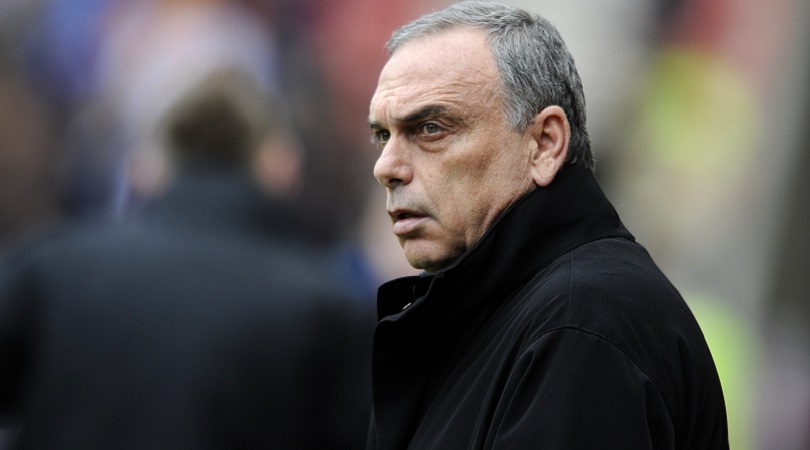
12. Avram Grant to Chelsea
Not many on these shores had heard of Grant, who replaced Jose Mourinho at Chelsea looking like he’d literally been unearthed from somewhere. Lifeless pallor of a corpse aside, Grant’s spell at Stamford Bridge actually went pretty well. Unlike many on this list, he actually had some managerial experience - although exclusively with Israeli clubs and the national team - and had been working as a director of football in west London until Mourinho’s departure.
Grant steered the Blues to second place in the league, and to both the League Cup and the Champions League finals. In the end, he was only a John Terry slip away from becoming the first man to lead Chelsea to European club football's top prize.
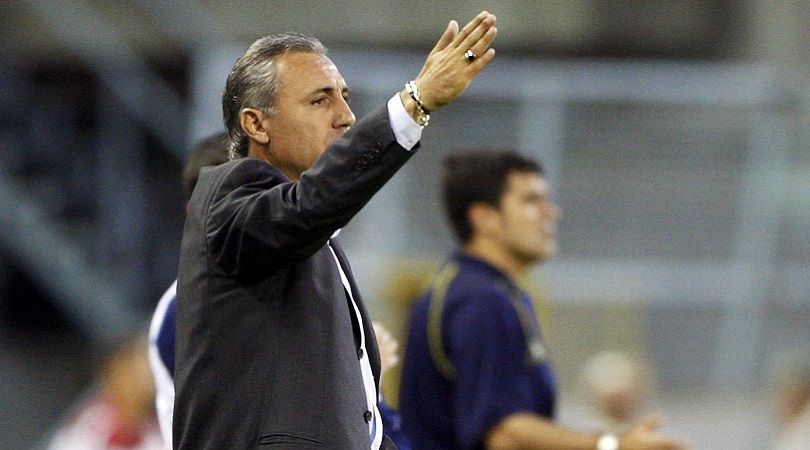
11. Hristo Stoichkov to Celta Vigo
Undoubtedly one of the most talented footballers in La Liga history, Stoichkov was nevertheless a puzzling choice as Celta Vigo manager in 2007. The former Barcelona man’s only previous experience in the dugout came with the Bulgaria national team, a spell of employment in which Stoichkov fell out with multiple players and employed a ludicrously attacking 2-4-4 formation.
Celta fans got a taste of what was to come in his introductory press conference. “I don’t watch opposition games on video and neither do my players. It’s boring. I don’t believe in tactics." Unsurprisingly, Stoichkov didn’t last long at Balaidos, with the Sky Blues in relegation trouble in the second division when he was dismissed just a few months after his arrival.
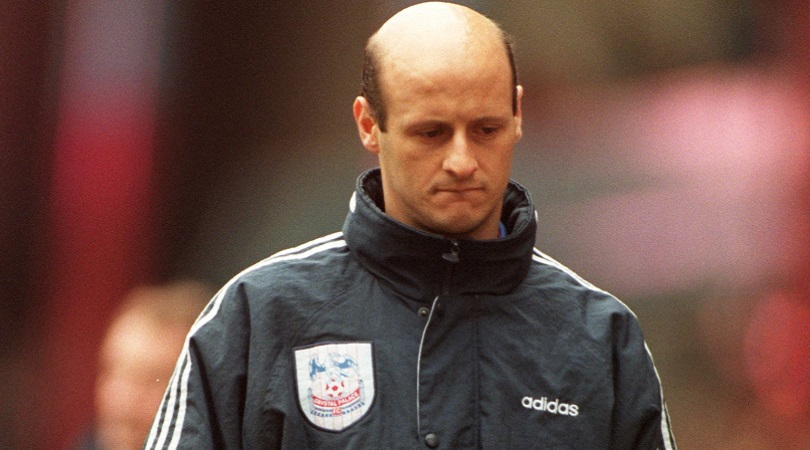
10. Attilio Lombardo to Crystal Palace
Lombardo’s arrival at Palace as a player was shocking enough, the former Juventus man rocking up at Selhurst Park just months after helping the Old Lady to the Champions League final. He was an instant hit in south London, quickly becoming the Eagles’ star man in their battle against relegation from the Premier League.
When Steve Coppell moved upstairs into a director of football role, Lombardo was the curious choice as interim player-manager. Assisted by Thmas Brolin, the Italian – who was far from fluent in English – was unable to pull Palace clear of trouble, with Ray Lewington replacing him as boss just six weeks later for the final three matches of the campaign.
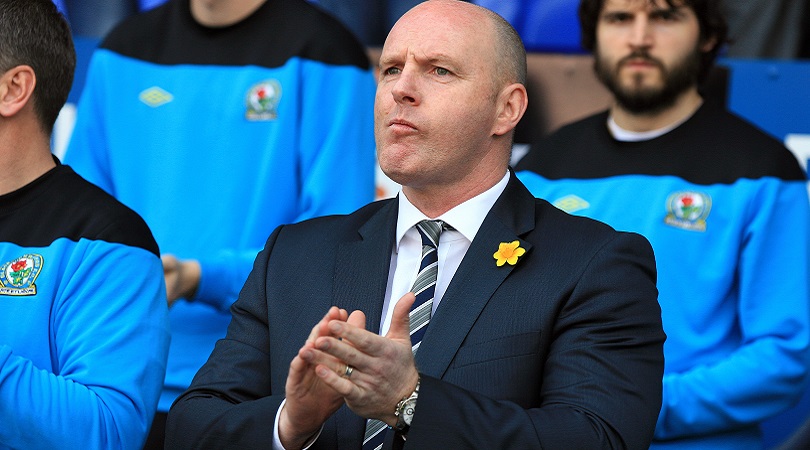
9. Steve Kean to Blackburn
Kean’s playing career had been limited and he had little managerial experience, although the Scot had spent time as Chris Coleman’s assistant at Fulham, Real Sociedad and Coventry.
Initially, he took over as caretaker manager following Sam Allardyce’s exit in December 2010, but in January 2011 he was offered a two-year contract. He signed another new contract in November 2011, despite a dismal record that made him Blackburn’s second-worst manager of all time in terms of win percentage.
Blackburn finished 15th in that first season, but were relegated the following year after 11 years in the top flight. Kean left the club in 2012 and went on to steer Brunei DPMM to glory in the Singapore League Cup.
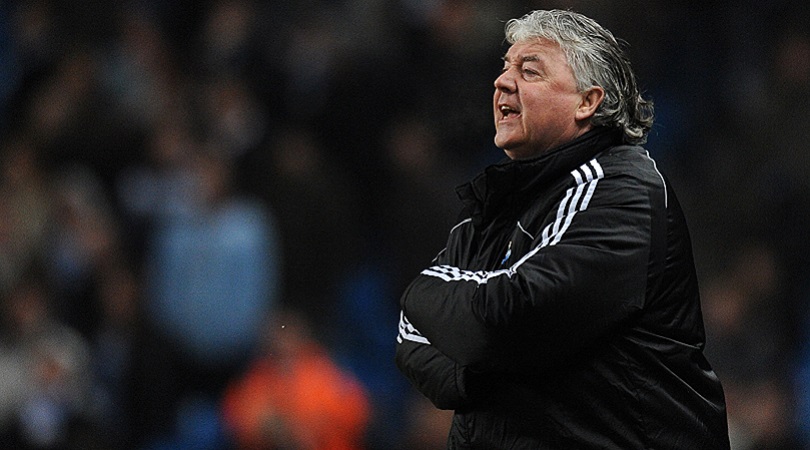
8. Joe Kinnear to Newcastle
Before his appointment as Newcastle boss in 2008, Kinnear’s managerial experience in the previous five years amounted to a 10-month stint at Nottingham Forest in 2004. He was therefore a hugely unpopular choice as successor to fans’ favourite Kevin Keegan, and gained no friends in the media after an early press-conference rant fatured 52 swearwords, several aimed squarely at journalists.
On the field, the Kinnear era actually got off to a positive start with only three defeats in his first 13 games, a run which lifted the Magpies out of the drop zone. But a post-Christmas slump sent Newcastle hurtling back down the table, before the ex-Wimbledon boss was forced to make way for Alan Shearer as he underwent a heart bypass operation. The damage had already been done by then, and Newcastle were relegated on the final day.
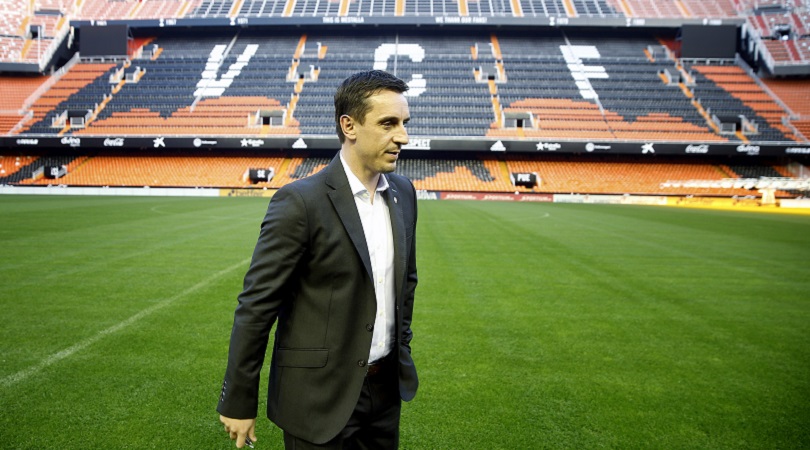
7. Gary Neville to Valencia
Neville’s playing career had ended in 2011, and he’d forged a reputation as one of the game’s sharpest pundits, while simultaneously working alongside Roy Hodgson in the England setup. He’d never had a job at club level, though, so it came as a shock when Gary joined brother Phil – who had been working as a coach under previous gaffer Nuno Espirito Santo – at Valencia.
Horrified Valencia fans claimed he'd only got the job due to his friendship with owner Peter Lim, and results hardly disproved the thesis. When Neville took over, Los Che were in ninth place - five points off the Champions League places. When he was sacked four months later - after three wins in 16 league games, for which Neville picked 16 different teams - they were 14th, only six points clear of relegation. Neville has said he has no plans to return to management.
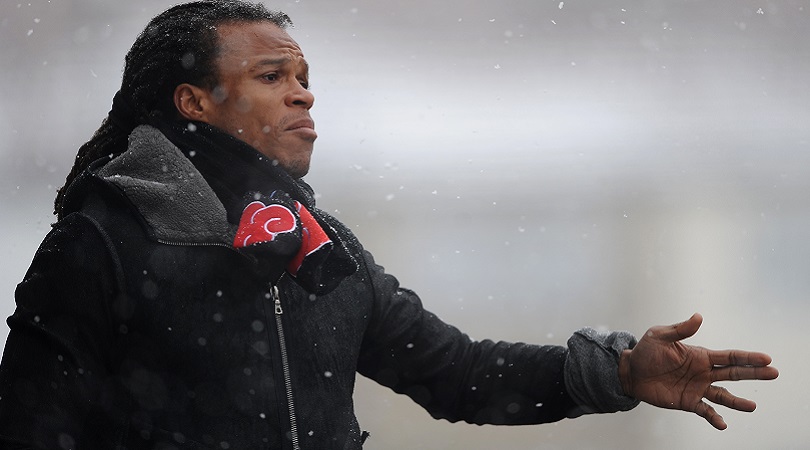
6. Edgar Davids to Barnet
Davids signed for Barnet as a player-coach in summer 2012, initially working alongside Mark Robson before assuming sole control of the team in December. The Bees were already five points adrift at the foot of League Two when he joined, and Davids' uniquely apathetic management style couldn’t save them.
Barnet were relegated to the Conference and, to much surprise, the Dutchman was retained as manager for the following season. In July, he announced his plans to wear the No.1 shirt in games - intending to set a trend which thankfully hasn't caught on. He also reportedly refused to attend away games which required an overnight stay, leaving his assistant in charge.
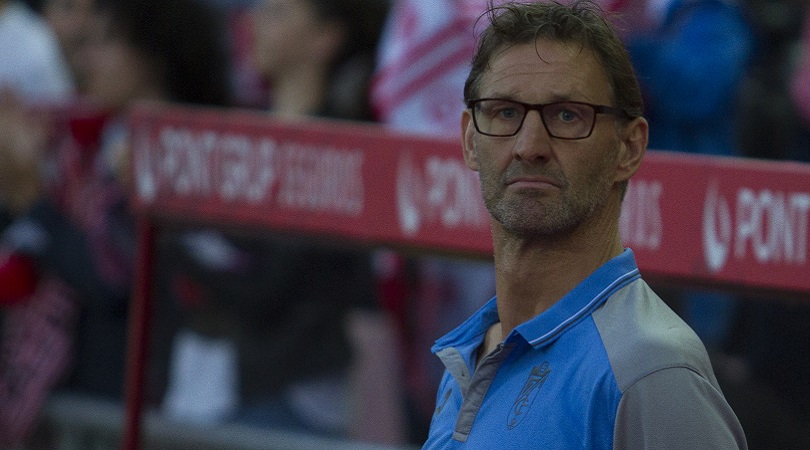
5. Tony Adams to Granada
With a managerial record as chequered as one of his elaborately tailored suits, Adams seemed an extremely odd choice to take the reins at La Liga strugglers Granada in April 2017. The fact that Adams was already employed at the club, as the vice-president of the company owned by Granada's president, helped explain the short-term appointment – to an extent.
Adams vowed to “kick some players’ arse” in his first press conference, then showed he meant business by throwing some outstanding shapes on the training pitch.
Sadly even this combination of backside booting and jazz hands wasn't enough to inspire Granada, who failed to earn a single point from Adams’ first four games in charge, confirming the club's relegation.
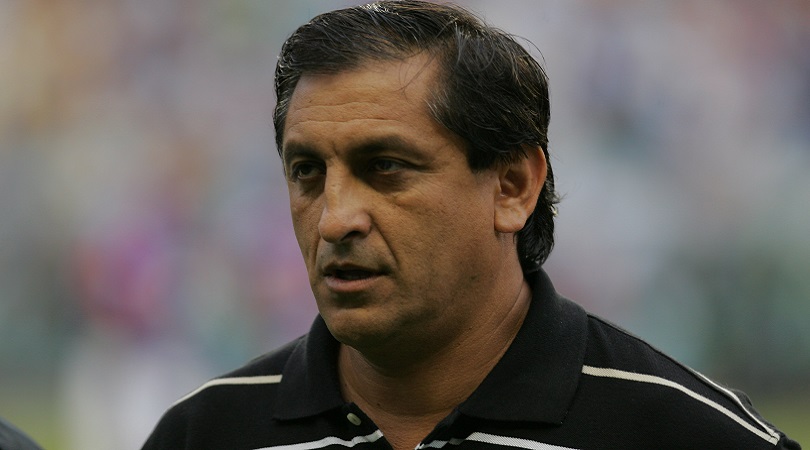
4. Ramon Diaz to Oxford
Sure, South American club football isn't as strong as it once was, but Diaz – having guided River Plate to five league titles, the Copa Libertadores and the Supercopa Sudamericana between 1995 and 2003 – could surely have landed a bigger job than Oxford.
The former World Cup winner was so fascinated by the English game that he answered the call from the Kassam Stadium in December 2004, when Oxford were flirting with relegation from League Two. "I like English football and I wanted to get first-hand experience of it," Diaz explained. "I've seen plenty of it on television... iIt's also very interesting to work at this level, because it's completely different from football at the top."
Reportedly working for free, Diaz guided United away from the drop zone after 10 wins and seven draws in 25 games, before departing at the end of the campaign.
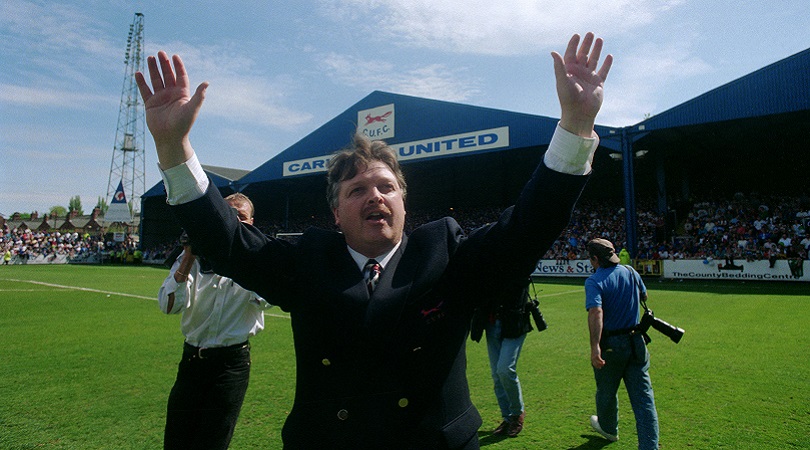
3. Michael Knighton to Carlisle
Manchester United seemingly dodged a bullet when Knighton’s £20m takeover deal fell through in 1989. He went on to purchase Division Three side Carlisle United instead, with the goal of getting them back to the top flight. It started well, but in 1997/98 Knighton decided to put himself in charge of the team, despite having no managerial experience whatsoever.
He stayed in charge for an incredible amount of time, even after relegation back down to Division Three, remaining in the dugout for the first four months of the following season before eventually handing over the reins to the always level-headed Nigel Pearson. It took that famous last-minute goal by goalkeeper Jimmy Glass to stop Carlisle slipping out of the Football League.
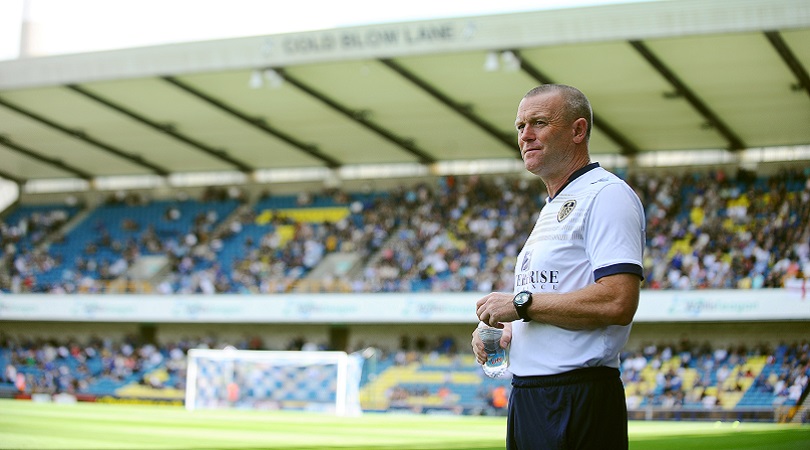
2. Dave Hockaday to Leeds
Hockaday was well respected as a youth coach, but he’d failed to impress in a four-year spell at Conference side Forest Green Rovers: they’d finished in the relegation places in his first season and 10th in the next two, before his sacking in October 2013.
So what did Leeds see in him? Well, his reported salary was reportedly around £90,000 a year, compared to the £750,000 they paid predecessor Brian McDermott.
Hockaday’s reign lasted 70 days. At any other club it would be a story that’s still talked about, but it was merely another clanger in the ongoing chaos of the Leeds saga. Hockaday’s eventual replacement, Darko Milanic, lasted just 32 days.
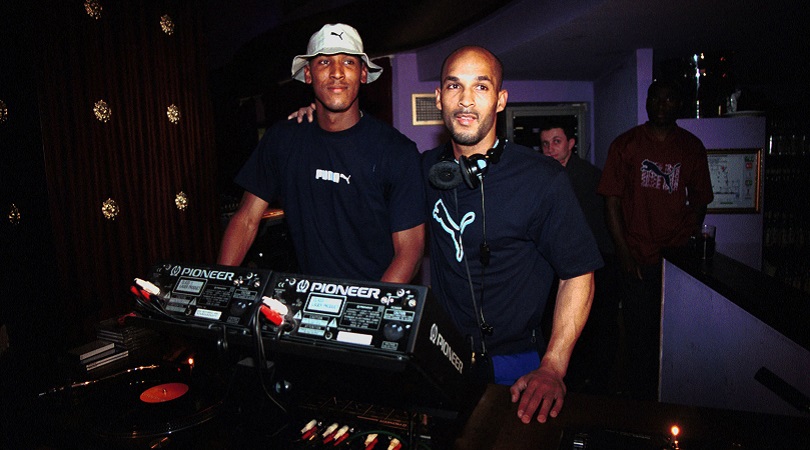
1. Claude Anelka to Raith Rovers
Scottish First Division side Raith Rovers accepted an indecent proposal from Nicolas Anelka’s older brother in 2004, and paid the price. A DJ by trade, Claude offered a £300k investment to any club who would let him be their manager. Cash-strapped Raith took the bait and Anelka worked quickly, making a number of signings from the evening seven-a-side leagues in Paris.
Anelka wanted to challenge the Old Firm, but ended up glued to the foot of the table; he was forced to quit as manager after one draw and nine defeats from their first 10 league games. He stayed on as director of football for another month, but Raith were relegated at the end of the season.
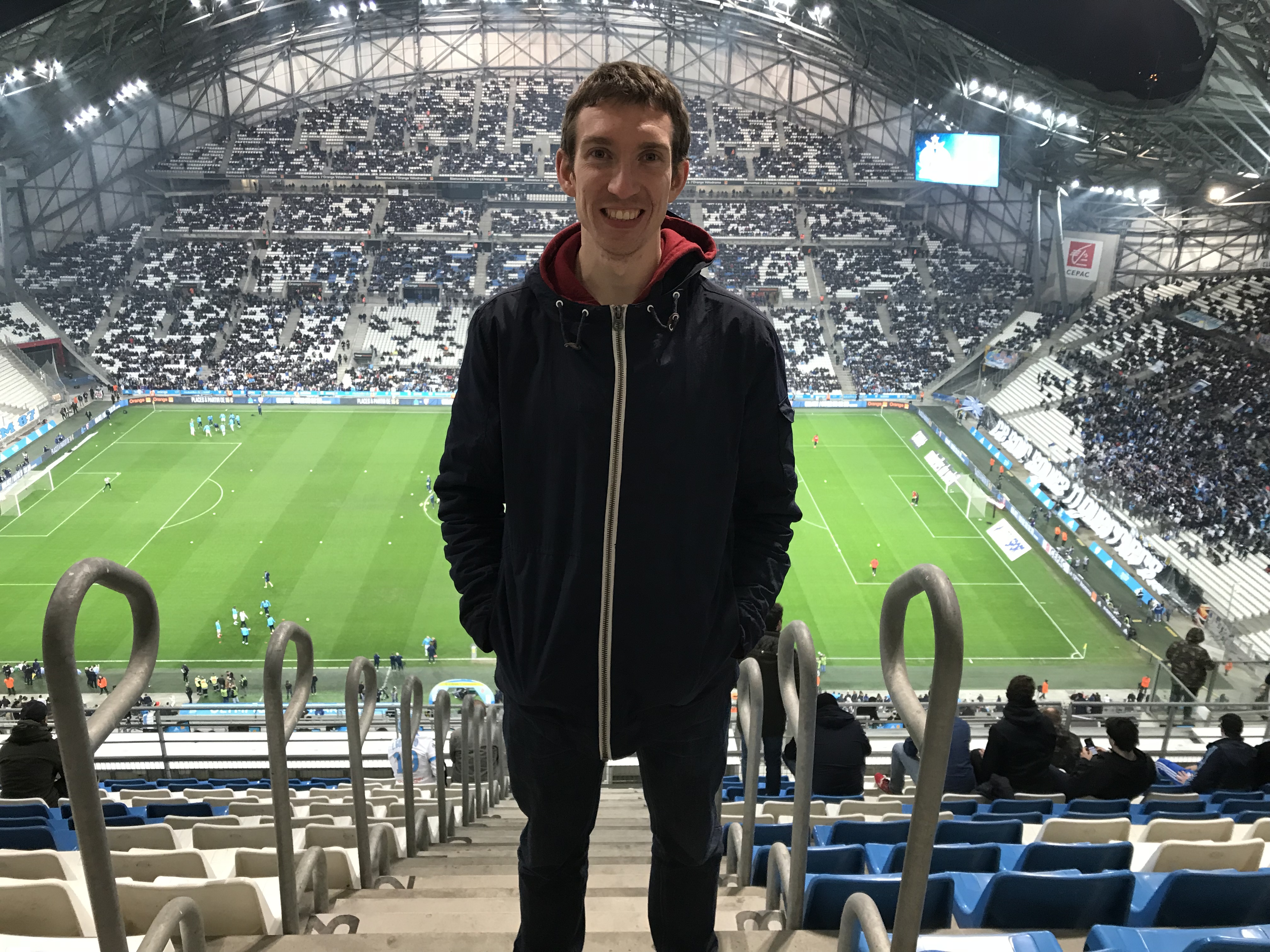
Greg Lea is a freelance football journalist who's filled in wherever FourFourTwo needs him since 2014. He became a Crystal Palace fan after watching a 1-0 loss to Port Vale in 1998, and once got on the scoresheet in a primary school game against Wilfried Zaha's Whitehorse Manor (an own goal in an 8-0 defeat).
